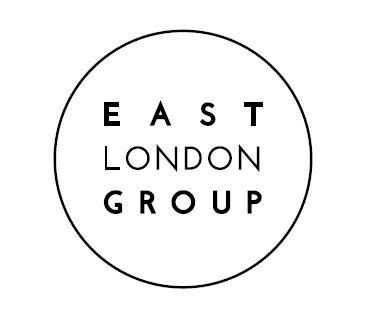A Brief History & Slideshow
First broadcast on World Update on the BBC World Service on 31st January 2016, the soundtrack to this slideshow is by BBC correspondent Dan Damon and the slideshow is a series of East London Group paintings and photographs, mostly from their active period between 1929 and 1936, with one or two exceptions. My thanks to Dan Damon, BBC Radio and all the family and private collections represented here along with six images from public collections (in order of appearance) at:-
Brighton & Hove Museums & Art Galleries.
The Hepworth, Wakefield.
Bolton Museum & Archive Service.
Hereford Museum & Art Gallery.
Wolverhampton Art Gallery.
Salford Art Gallery & Museum.
A Brief History
Although the East London Group of artists is now almost forgotten, even by art historians, it was one of the most innovative and productive to have flourished in Britain in the first half of the twentieth century. The East London Group stemmed from classes by the inspirational teacher John Cooper at the Bow and Bromley Evening Institute in East London from the mid-1920s and comprised two basic groups: first, aspiring East Enders; secondly, a smaller contingent who were Slade School of Fine Art-trained, like Cooper himself. An early mentor was Walter Sickert, who addressed the Bow classes and showed with the Group for a short time.
The forerunner of the Group, the East London Art Club, had an exhibition at the Whitechapel Art Gallery in 1928. This prompted members’ work being shown soon after at the National Gallery, Millbank (the Tate Gallery), and led to a series of East London Group proper exhibitions at the prestigious Lefevre Galleries in the West End through the 1930s. There were also provincial Group exhibitions and members participated in numerous mixed shows, often alongside prominent British and foreign artists. Solo exhibitions were held at Lefevre and elsewhere.
In all, 33 individual artists showed in Group exhibitions. Among the most prominent, apart from Cooper and Sickert, were Phyllis Bray (Cooper’s wife), William Coldstream, Hamilton Dicker, Murroe FitzGerald, Archibald Hattemore, Elwin Hawthorne (and his wife, showing as Lilian Leahy), Cecil Osborne, Grace Oscroft, Brynhild Parker, Harold and Walter Steggles and Albert Turpin.
The Group attracted huge support and attention from celebrities of the period, including Arnold Bennett, Sir Joseph Duveen, Viscount D’Abernon, Aldous Huxley, George Lansbury, Ramsay MacDonald, Lady Cynthia Mosley, Sir Michael Sadler and Osbert Sitwell. Press coverage of the exhibitions was enormous by today’s standards, the “Manchester Guardian” writing up one exhibition at least three times. Many of the artists’ works entered public collections in Britain and abroad.
The last Group exhibition at Lefevre was in 1936, although some painters remained active well beyond that. One of its artists’ most important legacies is their probably unmatched visual record of inter-war east London. The early death of John Cooper during World War II was one factor in hindering the re-establishment of the Group after the war.
Now there is a reviving awareness of the Group’s achievement. Evidence of this was the keen bidding for the small and typical group of pictures by Elwin Hawthorne, Brynhild Parker and the two Steggles brothers when the collection of Sir David and Lady Scott (“A Great British Collection”) was offered at Sotheby’s in November 2008
David Buckman
